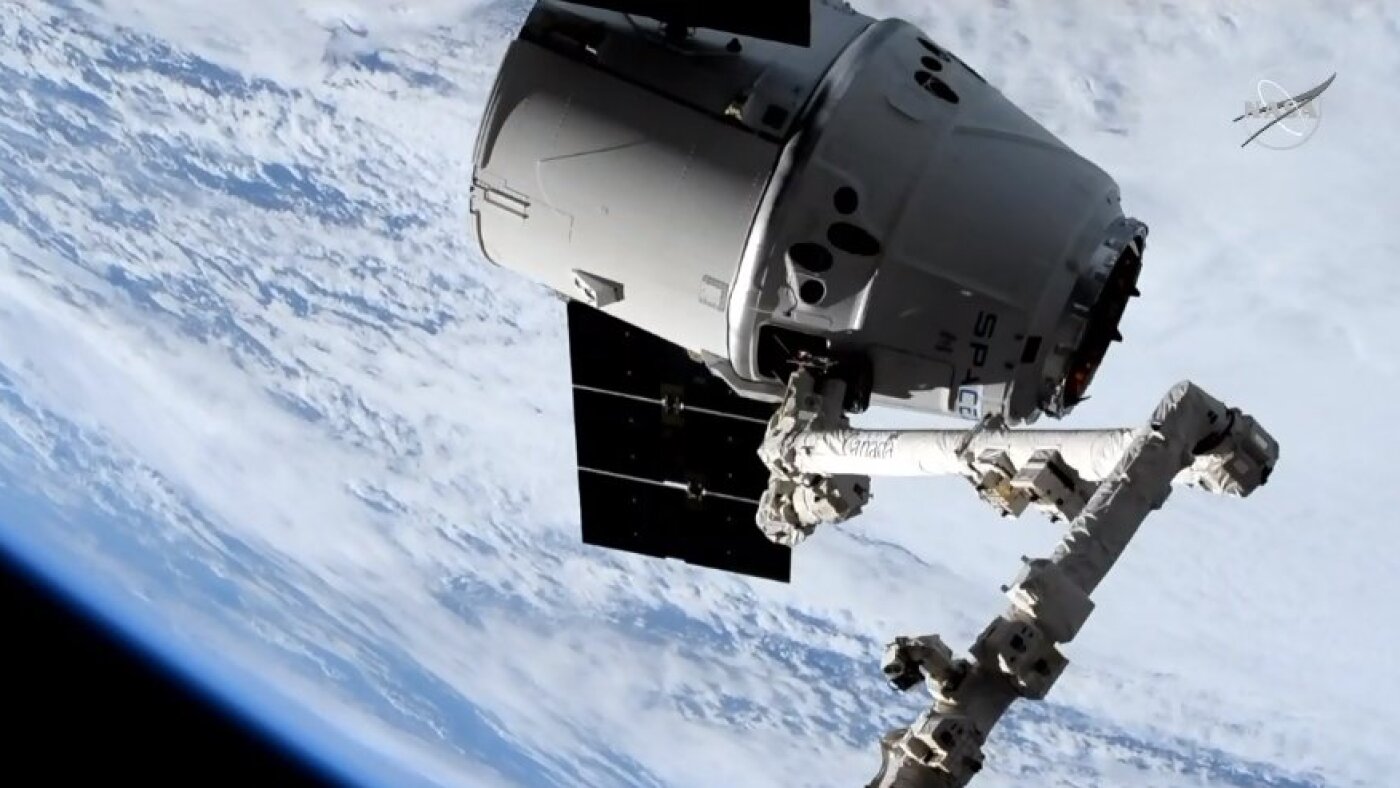Recent plans from the Trump administration aim to cancel key satellite missions at NASA. This decision could have significant impacts on vital environmental data monitoring. Experts from NASA, along with various scientists, have expressed concern over these changes.
The two missions, known as the Orbiting Carbon Observatories (OCO), focus on measuring carbon dioxide and plant health. They provide data crucial for researchers, farmers, and energy companies. This type of data not only informs climate science but also helps in understanding agricultural health and predicting crop yields.
Why is the administration considering these cuts? It’s not entirely clear. Many scientists have confirmed that the satellites are technologically advanced and still have years of useful life left. A 2023 review by NASA highlighted the high quality of the data these satellites collect, recommending their continuation for at least three more years.
David Crisp, a retired NASA engineer involved with the OCO missions, stated that employees are being asked to develop plans to end these missions. He noted that he has received inquiries from current staff, indicating they are directed to draft termination plans. However, they’ve also expressed concerns about job security should they speak publicly about these plans.
The potential cancellation has sparked a backlash among scientists and lawmakers. Congressional Democrats have urged NASA not to terminate missions funded by Congress, citing the importance of this data for climate and agriculture. Rep. Zoe Lofgren emphasized that reducing funding for these satellites would hinder our ability to forecast and respond to severe weather and climate disasters.
Over the years, the data from these missions has become more valuable than initially expected. Beyond measuring carbon levels, scientists discovered they could also map plant growth globally. This insight is useful for farmers and can even predict future food security issues, linking crop failures to potential political instability.
According to recent reports, the U.S. Department of Agriculture utilizes data from these satellites to predict crop yields and monitor drought conditions. Persistent agricultural challenges, such as droughts in places like Honduras, have led to increased migration, further demonstrating the intertwined relationship between environmental health and social stability.
It’s important to note that maintaining the OCO missions is relatively inexpensive—about $15 million a year. In contrast, developing and launching these instruments cost taxpayers approximately $750 million. Economically, it seems illogical to terminate missions that yield such valuable data.
Discussions around privatizing aspects of NASA missions have emerged, aimed at finding new funding avenues. However, experts caution that while private entities can contribute, the foundational support from public funding remains essential for the success of these initiatives.
As the situation unfolds, the scientific community continues to advocate for these missions. The insights provided by the Orbiting Carbon Observatories are more critical now than ever. They are not just about observing carbon levels but understanding and addressing broader ecological and societal challenges.






















